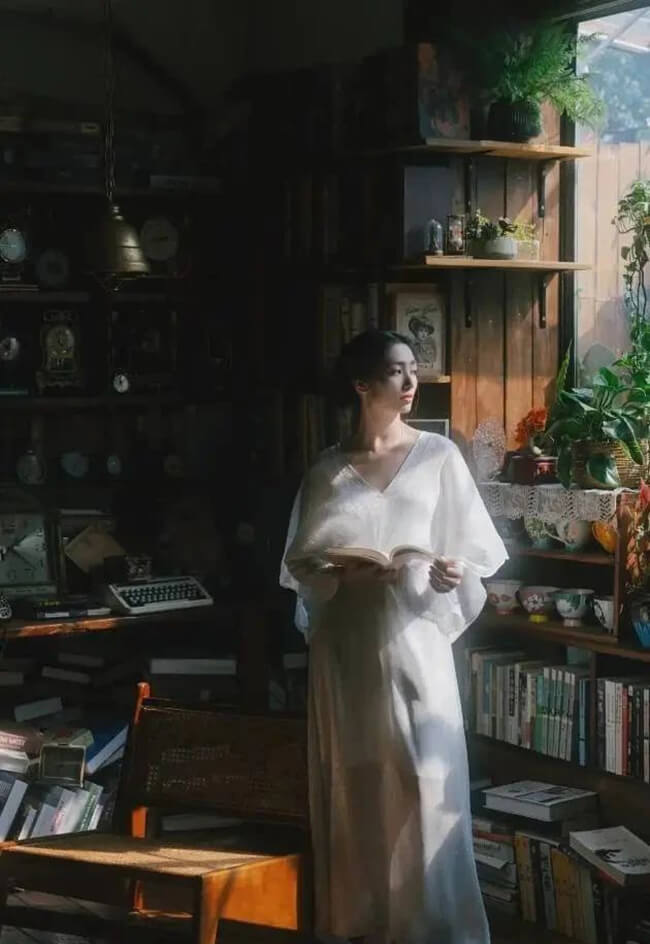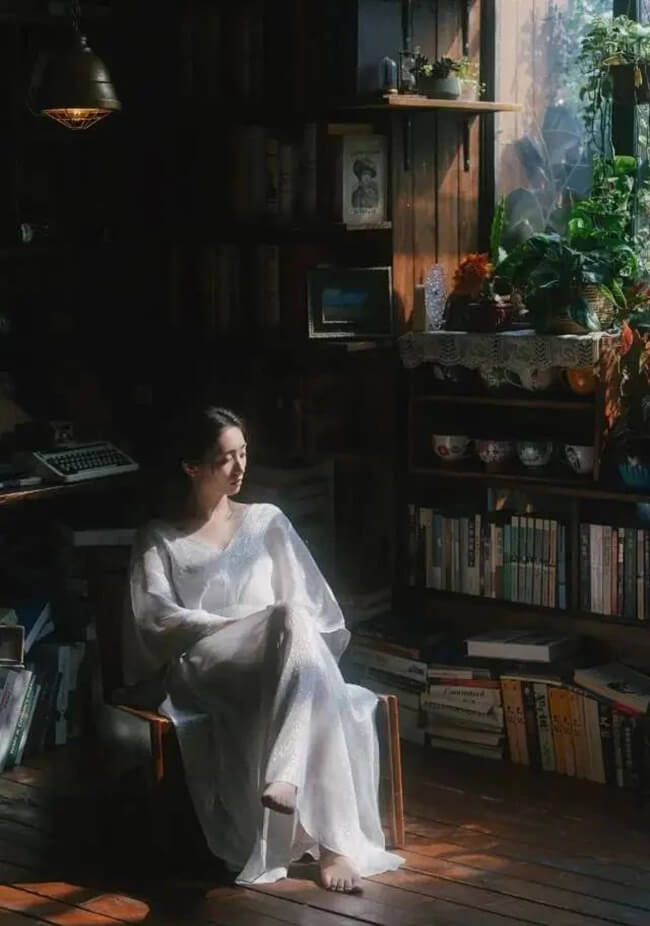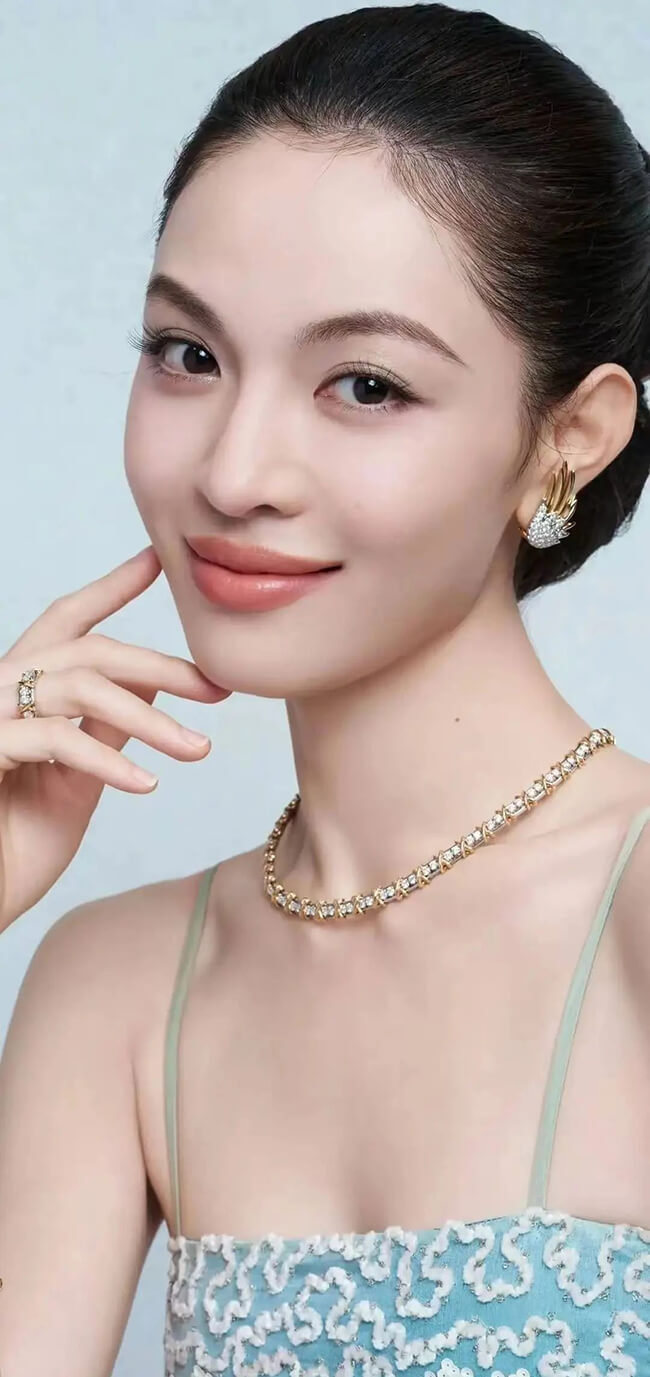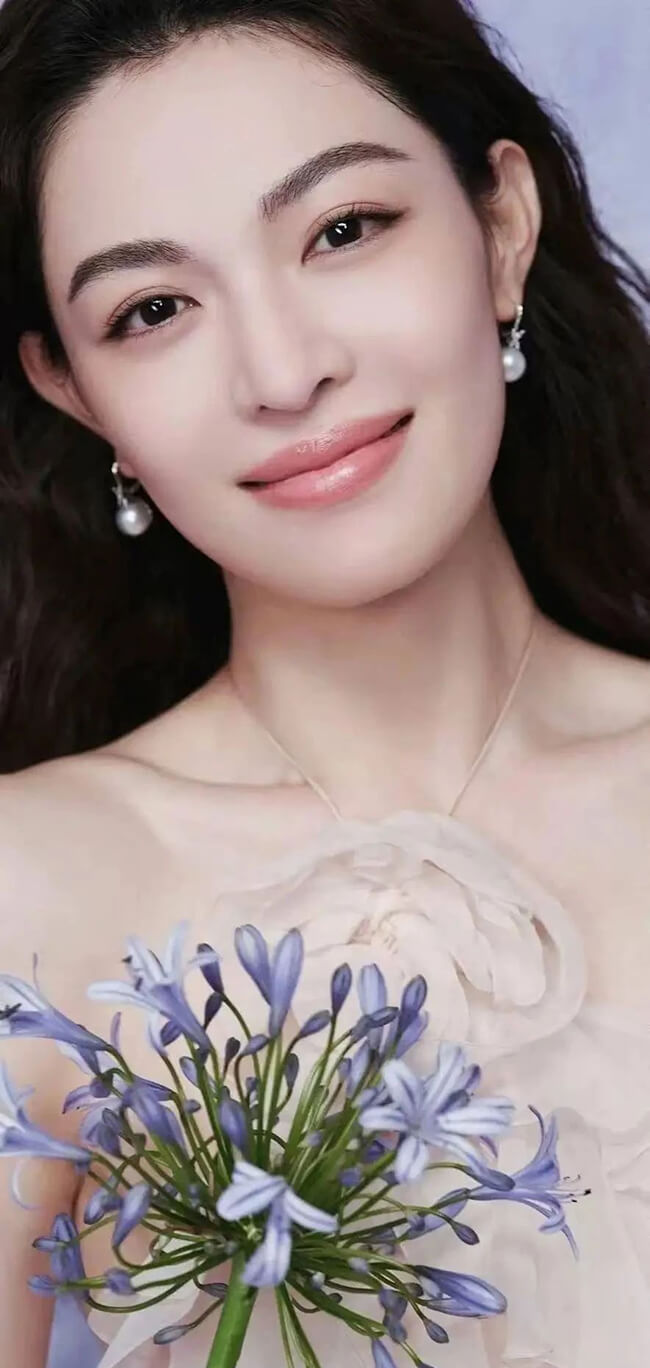Light Control: Use ambient low light (such as moonlight by the window, street lamps, or candlelight) as the main light source. Avoid direct harsh light to retain dark details and create an atmospheric mood. You can pair it with a low-power fill light (e.g., an LED light stick) to fill in light from the front side, brightening the face while preserving light and shadow layers.
Equipment Settings: Use a large-aperture lens (f/1.4 - f/2.8) to blur the background and increase light intake. Keep ISO between 800 - 3200 (adjust based on your camera’s high-ISO performance). Ensure the shutter speed is no lower than the safe shutter speed (reciprocal of the focal length) to prevent blurry images.
Composition and Angles: Adopt a side-facing or half-side-facing posture to reduce the light-receiving area of the face, emphasizing light-dark contrast. Choose a simple, dark-toned background (such as dark walls or night scenes) to avoid cluttered light interfering with the main subject.



Capturing Expressions in Portrait Close-Ups
The key is to "capture the natural flow of fleeting emotions." Here are some practical tips:
Chat first, shoot later: Don’t rush to shoot close-ups of the face immediately. Chat with the model to help them relax.
Focus on "micro-expressions": The most touching elements in close-ups are details—such as the fine lines at the corners of the eyes when smiling, the slightly furrowed brows when thinking, or the unconscious lip-pursing gesture while speaking.
Use "guidance" instead of "commands": Instead of saying "Smile," use specific scenario guidance, like "Imagine receiving a surprise" or "Recall the time you got caught being mischievous as a kid." This gives emotions a real foundation, making the eyes convey depth.
Close-up shots should focus on the face (e.g., eyes, lips) or partial body parts (e.g., hands, hair strands). Use single-point focusing to accurately lock onto key areas, highlighting the subject’s expressions or texture.



Related Tags: Experience in using cameras
